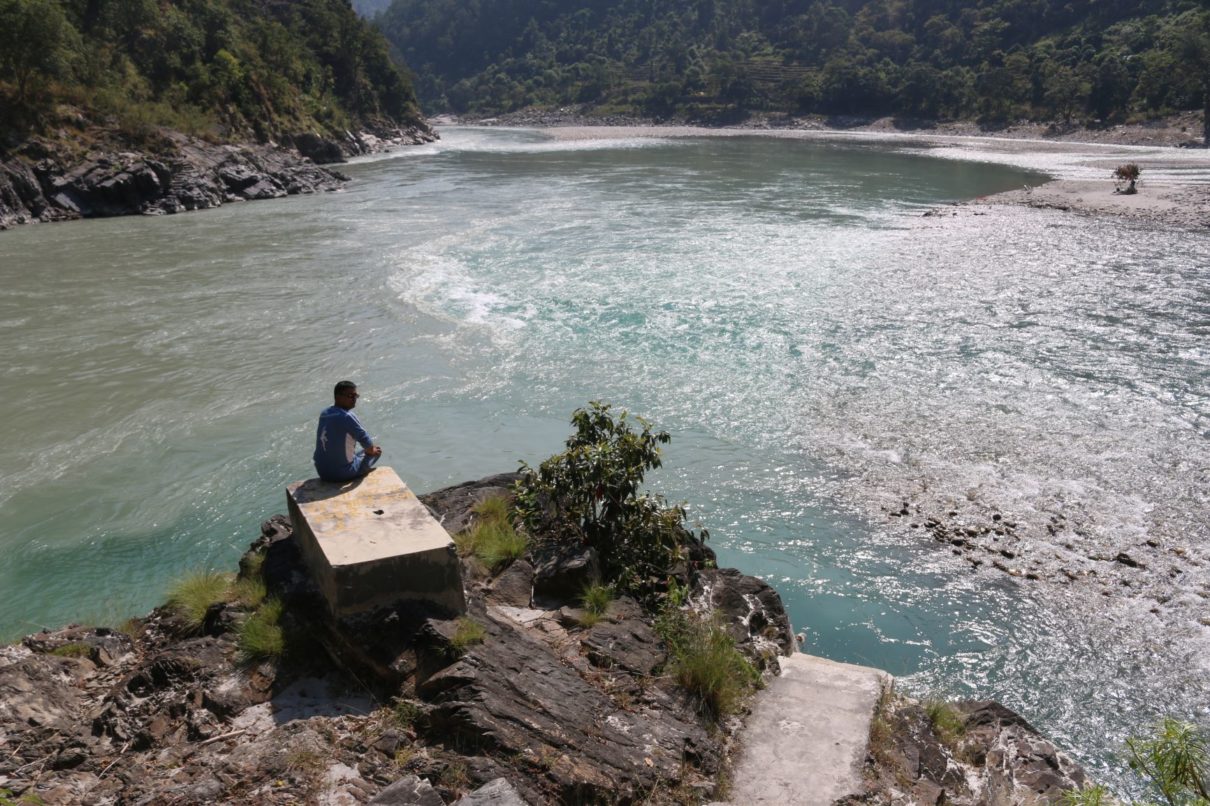During his Nepal visit, Pandey held bilateral talks with his Nepali counterpart Prabhu Ram Sharma. The duo exchanged views on issues of mutual interests and discussed measures to strengthen the existing bond of friendship and cooperation between the two countries.
Experts say exchange of visits between the army chiefs of two neighboring countries provide an opportunity to discuss a range of bilateral issues, as well as ensure regular dialogue at the top political level and help clear the misunderstandings that emerge from time to time. Over the past seven decades, there have been several ups and downs between Nepal and India at the political level, but the military relations have remained cordial, says retired India Army Lt. Gen. Shokin Chauhan. “The excellent relationship between the two armies is one of the cornerstones of Nepal-India ties,” he says. Many Nepal Army soldiers undergo military courses in India. There are also a large number of Nepalis who are serving or have served in the Indian Army. Strategic affairs analyst Binoj Basnyat says one of the important factors in the Nepal-India relations is their security relationship. “The military ties form the centerpiece of a broad security relationship between Nepal and India,” he says. “This relationship is even more important in the fast-changing geopolitical context.” India has also been one of the major donors and suppliers of military hardware and software to Nepal since the 1950s. During his Nepal visit this week, the Indian Army chief also handed over medical equipment, mine protected vehicles and maintenance equipment, among other items, to the NA. Besides, the two countries’ armies also meet regularly to discuss issues related to security concerns, capacity building, and security requirements under the Bilateral Consultative Group on Security Issues (BCGSI). The 14th meeting of BCGSI was held on 28 October 2021, in Bengaluru, India. The Nepal-India joint military exercise, Surya Kiran, is also conducted every year. Robust military relations between the two countries have contributed to making an environment of trust at the top political level. When the relationship between the two countries soured in 2020 over the new political map of Nepal, the visit of then Indian Army chief MM Naravane had played a pivotal role to open the line of of communication between the two countries. “His visit created a conducive atmosphere, thus soothing the minor hiccups faced due to the recently flared up Kalapani border issue,” retired Indian Army Capt. Avinash Chhetry writes in his paper “Decoding Indo-Nepal Relations from the Prism of Indian Military Diplomacy” published in 2021. General Naravane’s visit came soon after the visit of the Research and Analysis Wing (RAW) chief to Nepal. Chhetry described the even as “an increasing synergy between the intelligence and defense wings” on an issue that predominantly belonged to the Ministry of External Affairs. It was an evidence of “the emerging role of military in the diplomatic space”. During the 2015 Indian blockade, too, the armies of the two countries had played a vital role to resume movement of goods across Nepal-India border. After the blockade created a humanitarian crisis in Nepal, the NA dispatched an informal team to New Delhi to talk with the army officials. Chhetry says the then Indian Army chief Gen Dalbir Singh Suhag held a series of talks at the highest level of political hierarchy to restore normalcy in the border areas. Chhetry says visit exchanges between the armies of India and Nepal are not just restricted at the highest level but at multiple tiers to ensure that the special bond between the two countries are alive. Chauhan agrees with Chhetry. When King Gyanendra took over the power in Nepal in 2005, he says, the Indian Army had stopped supplying lethal weapons to Nepal. “But the armies of the two countries were in constant communication,” he adds.











